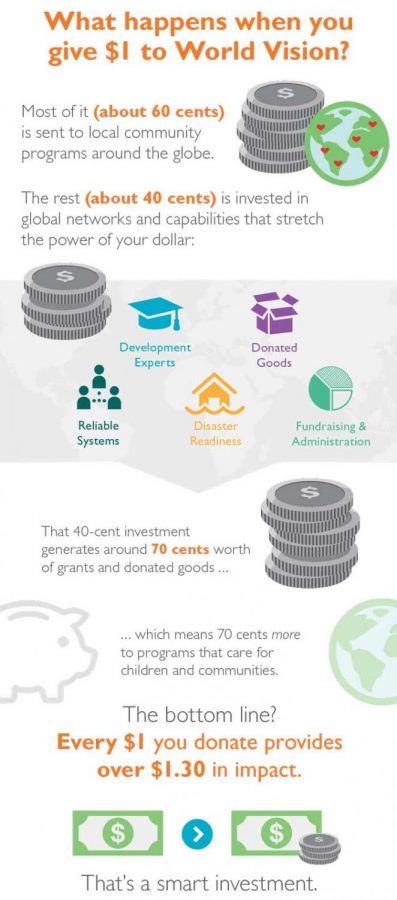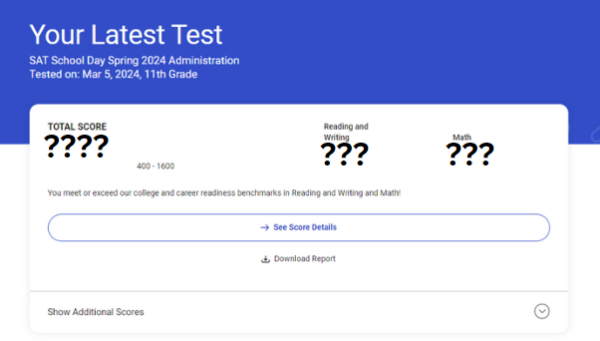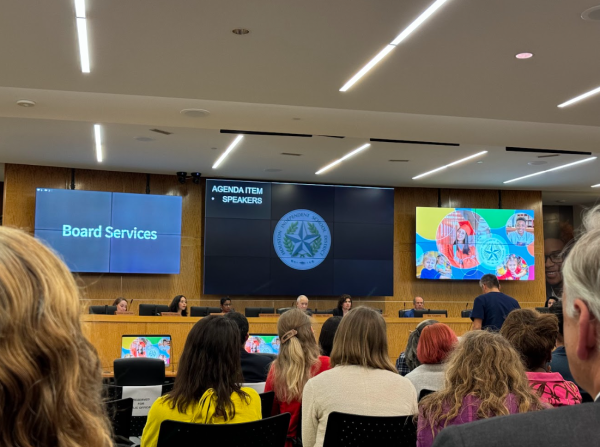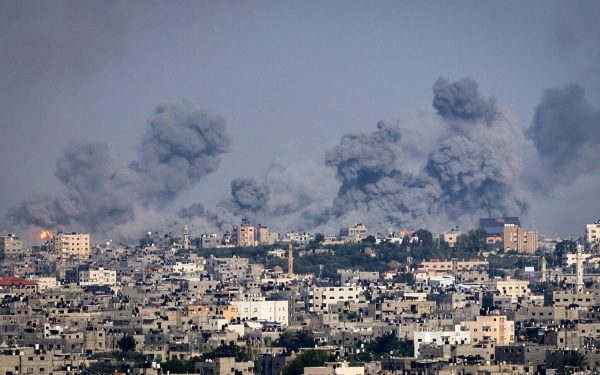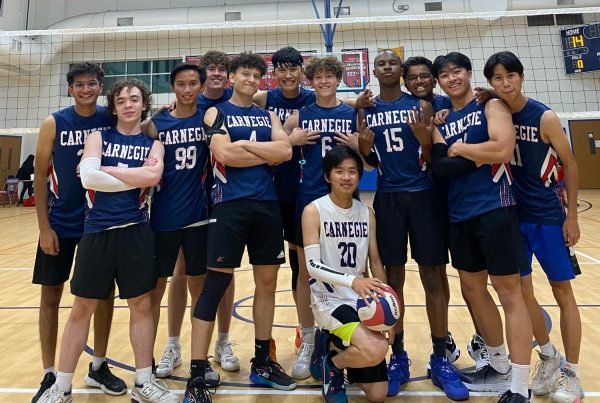What you need to know about the 30-Hour Famine
The 30 Hour-Famine
Every year, thousands of teenagers come together to support children in poverty stricken countries. Started in 1997, the 30-hour famine was started by World Vision, a charity dedicated to helping families overcome poverty and injustice. According to World Vision, their goal with the 30-hour famine is to “bring together tens of thousands of teenagers” who will devote a weekend to “fasting… and service to fight hunger.” Not eating food for 30 hours, teens spend a weekend “learning about the impact of hunger on children around the world” and volunteer to support their own communities.”
When and Where:
Sponsored by Ms. Masiglat, The 30-Hour Famine at Carnegie begins at 6 am Friday the 21st and ends at 12 pm on Saturday. Students will go on their day normally, except unable to eat anything during the time period. Then, at 4 PM, students are ‘lock-in’ and start activities that raise “awareness about hunger”. For example, one activity entails experiencing how it feels having to “scramble to gather food,” where students have to search for and gather artificial fruit scattered around the school. Later, students sleep at school like a normal lock-in. On Saturday, students will volunteer anywhere that can accommodate “over 100” volunteers, usually at the “Houston Food Bank” Finally, students will break their fast together at 12pm at CiCi’s Pizza.
History:
When Ms. Masiglat learned of World Vision and their mission, she asked Mr. Moss if they could partake in a lock-in, but Mr. Moss refused, worried about the safety of students staying overnight at Carnegie’s previous location. When Carnegie moved to its current location, Mr. Moss gave the green light. Each year, students come together and decide which country that year’s contributions should go to. According to Ms. Masiglat, usually, the country they chose is based on statistics death and hunger rates, allowing them to choose countries that need the most help.
What your participation will contribute:
According to World Vision, “In 2019, we used 87% of our total operating expenses for programs that benefit children, families, and communities,” and the rest went to expanding. One Carnegie student applied to a tour to see where that money actually translated too on the ground. While Ms. Masiglat doesn’t remember the student’s name, she does remember what they saw. “On that tour, they saw “money going towards education, towards a water well, micro business,” and to find “ways by which they can grow their own food.”
.
Your donation will support the student journalists of Carnegie Vanguard High School. Your contribution will allow us to cover our annual website hosting costs and fund field trips, competition fees, and equipment. We appreciate your support!
I am a sophomore.

